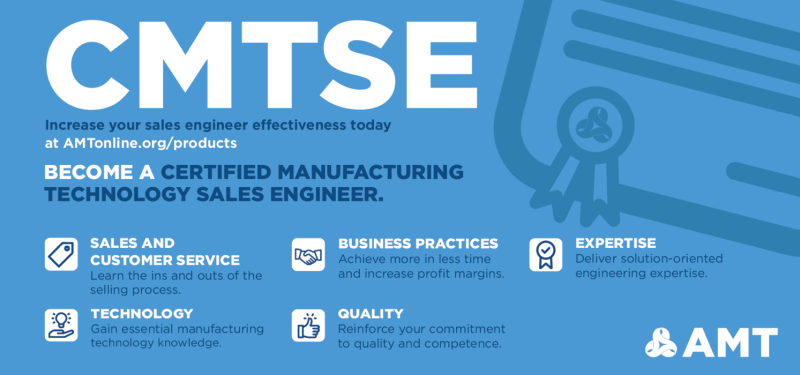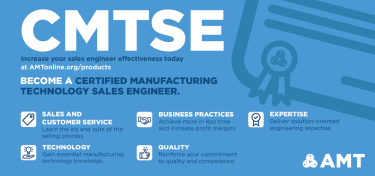The impact of the disruption in the supply chain across nearly all industries shows up in shortages and even empty shelves of the day-to-day consumer products that we use and that add convenience to our lives. These supply chain challenges exacerbate the skills gap that has been a chronic condition across industries, making the recruitment and retention of qualified individuals in key industry roles even more difficult.
In the long term, we have to think beyond our current strategies to fill open positions in our industry, looking toward the future of work in manufacturing to understand what duty areas and job functions will be in greatest demand as transformational technologies emerge and take hold in U.S. manufacturing.
Changing perceptions
Now, more than ever, it’s important to start at the beginning and change negative misconceptions about our industry so that the next generation is motivated to consider education to career pathways in manufacturing; additionally, we must become more nimble in developing education and workforce development programs that can be deployed rapidly and provide individuals with stackable credentials that verify their capabilities and competencies.
The next generation of manufacturing workers will be on a continuous life-learning spectrum that enables individual workers to be in a ready position to take on new roles that become in demand more rapidly as technologies change manufacturing processes and operations.
For the education system to be able to keep up with industry’s demand for workers, schools will also have to become more nimble and pivot educational programs and labs to efficiently fill the roles needed by their local industry sectors.
Significant investments will be required, and the U.S. Commerce Department’s Economic Development Administration (EDA) Good Jobs Challenge grant from the American Rescue Plan will provide up to $500 million in grant funding to address current and future workforce needs.
Good Jobs Challenge grant applications are due late January 2022 and will require local industry leaders to work closely in an industry sectoral partnership with their local and regional workforce boards and local community colleges that provide career and technical education (CTE) programs.
One significant development in the Good Jobs Challenge grant is that funding can be used to offset the cost of capital equipment that’s required to build out new programs to meet industry demand.
Educators in demand
Even as we see a gap in the number of young people seeking a career in our industry and a gap in the number of incumbent workers who might be seeking to change careers and industries, we also see a gap looming in our overall ability to recruit, educate, and certify the next generation of CTE teachers, but the cost of educator training can also be covered in the Good Jobs Challenge grant.
If you’re not already connected to an industry sector partnership in your area, use some of the resources on the EDA.gov Good Jobs Challenge website to research how to get started on the grant application process, and contact us if we can assist you in connecting to local partners in the grant application.











